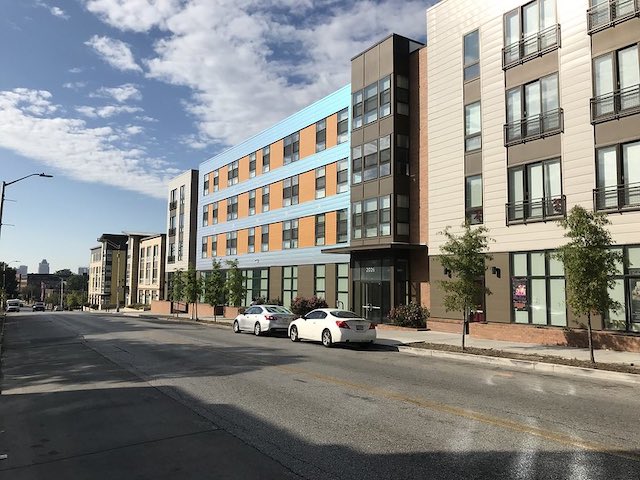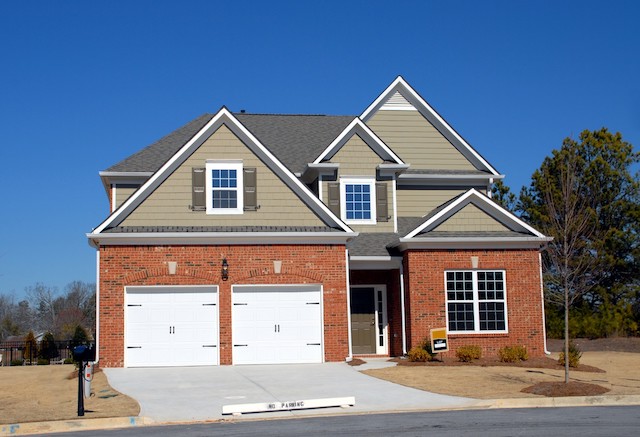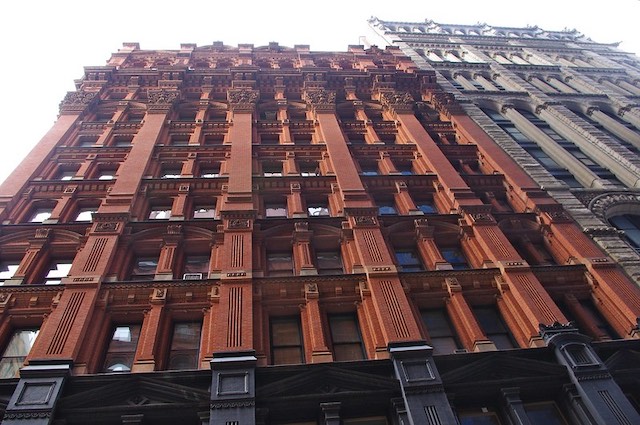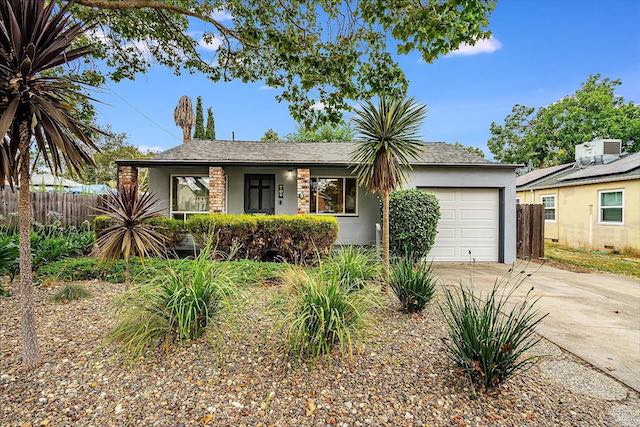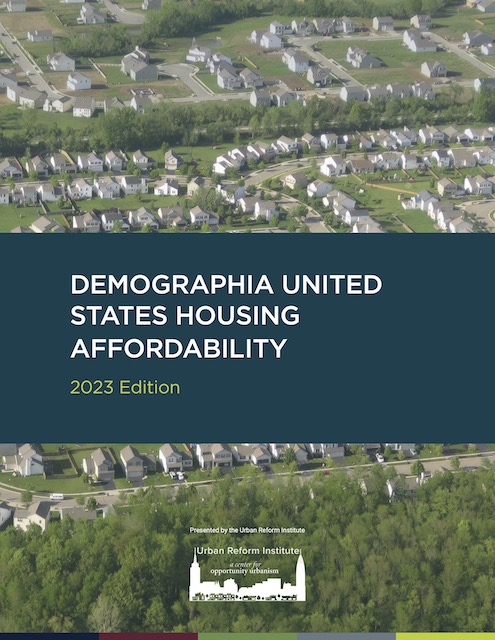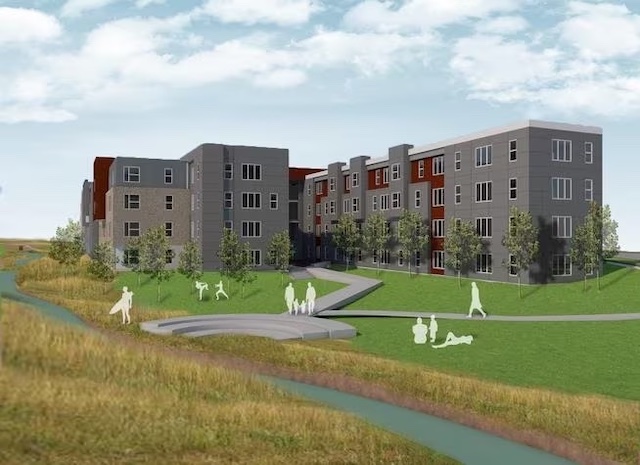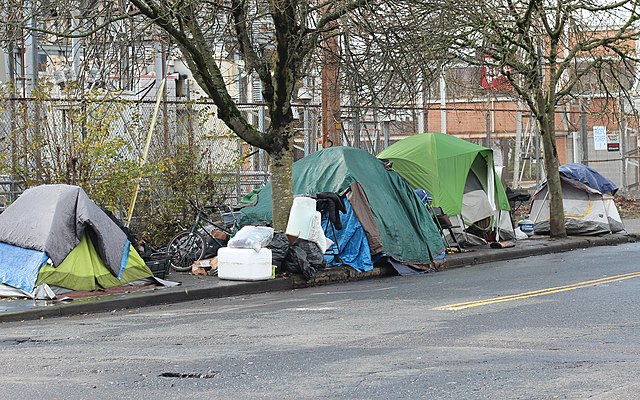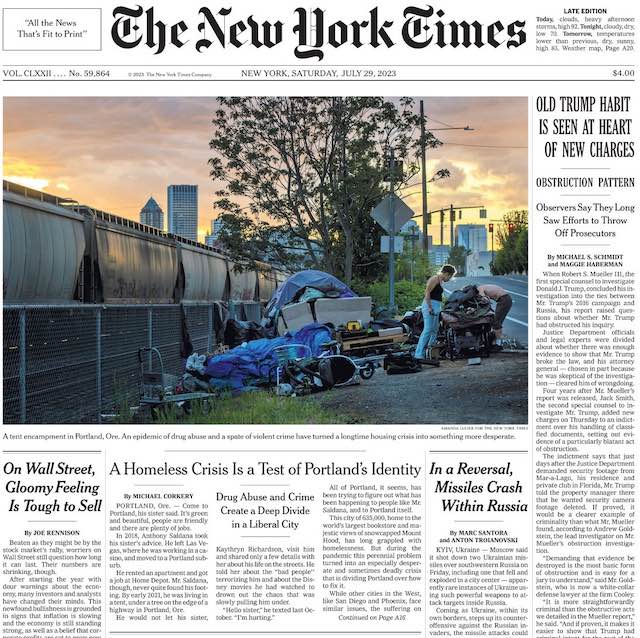“After a decade of building 8,000 apartments in Oakland, market rate 1-bedroom units are now affordable to low income people,” says a Bay Area writer named Joshua Davis. The implication is that the 8,000 apartments had something to do with Oakland become more affordable. It didn’t.
After a decade of building 8,000 apartments in Oakland, market rate 1-bedroom units are now affordable to low income people, as defined by HUD.
Today the SF Chronicle reported:
– Oakland has largest rent decline (-7.2%) among top 100 US cities.
– Median one-bedroom rent in… pic.twitter.com/SFrGceIbxh
— Joshua Davis (@byJoshuaDavis) October 8, 2023
Cities all over the country are building apartments, many of them subsidized with so-called affordable housing funds. The mid-rise and high-rise apartments that aren’t subsidized aren’t going to rent for affordable prices because they are far more expensive to build than single-family homes. Continue reading

